GardenersHelper
In Memoriam
- Messages
- 6,344
- Name
- Nick
- Edit My Images
- Yes
A couple of days ago an Olympus 60mm macro lens turned up to go with my new G80 micro four thirds camera. I have done some initial focus bracketing experiments.
The Post Focus technique I described in this thread works by capturing a 4K video as the focus moves around a scene and then extracting 8 megapixel video frames to stack. This is a Panasonic-specific technology. In contrast, focus bracketing is supported by various camera makers and involves capturing a series of normal images as the camera focuses progressively further away. You get to choose how far the focus moves on each step, and how many steps the camera executes.
Here are twelve of my focus bracketing test scenes. For the four in this post I have included 100% crops. Apart from the first of these, where the scene was about 6 inches wide, the long side of the scenes are in the range of 2 to 4 inches.
The bracketed images were captured as JPEGs. You can capture raw, and I normally shoot raw, but although the G80 raw buffer can manage a burst of 50 or so raw shots I wanted, because I was going to work hand-held, to be able to do deeper stacks without running into the full buffer slowdown problem.
I used the LCD rather than the viewfinder. For some of these captures I was kneeling with my elbows supported by my thighs while for others my arms and hands were unsupported. The images were stacked in Helicon Focus, where I also did some retouching to get rid of the worst of the halos. If you look carefully, especially at the full size images, which are in this album at Flickr, I'm sure you will be able to find lots of infelicities. Hopefully as I get better at retouching the number of such issues will decline, although I suspect that it is a rare stacked images that doesn't show any issues at all no matter how closely you examine it.
There are 1300 pixel high versions of these images in the album at Flickr, and unusually for me I have also put full size versions in the album.
#1 - 19 images, Step +3, ISO 640, f/4, 1/500 sec
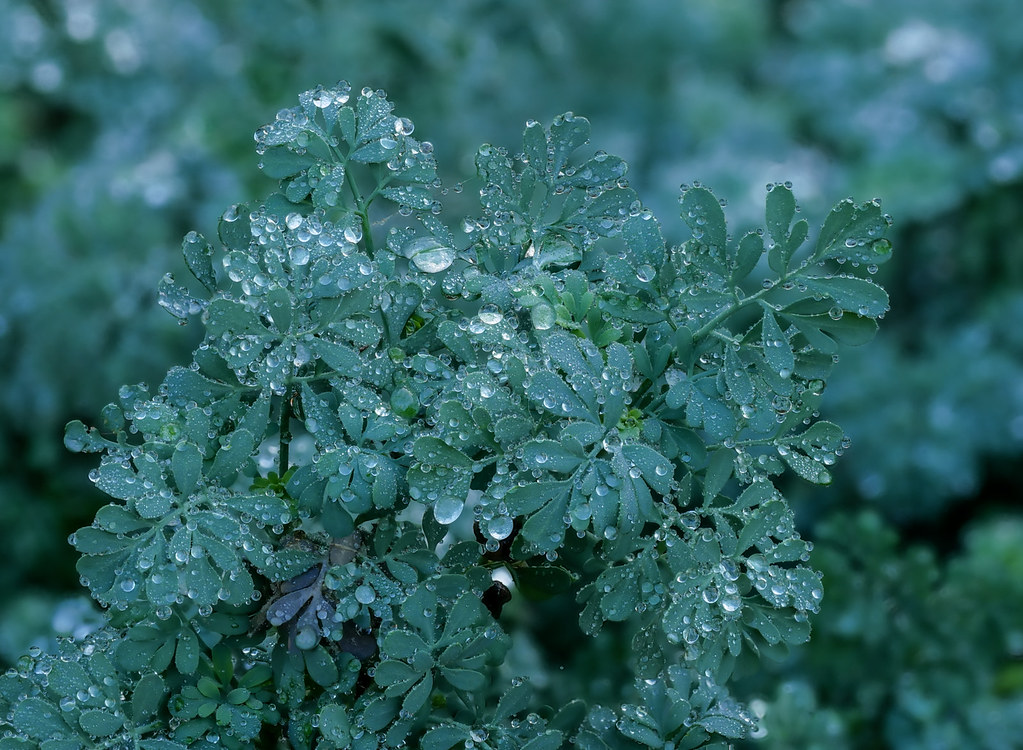
1051 22a FB 19f +3 P1040559 (A,Radius3,Smoothing4) LR6 1300h by gardenersassistant, on Flickr
100% crop
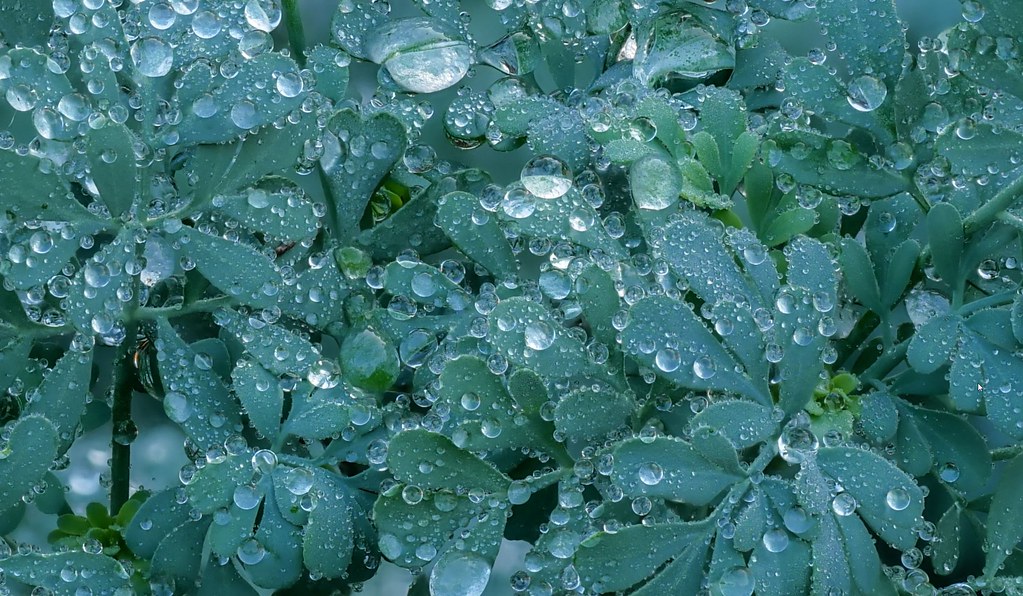
1051 22c FB 19f +3 P1040559 (A,Radius3,Smoothing4) LR6 100pc crop by gardenersassistant, on Flickr
#2 - 22 images, Step +3, ISO 640, f/4, 1/200 sec
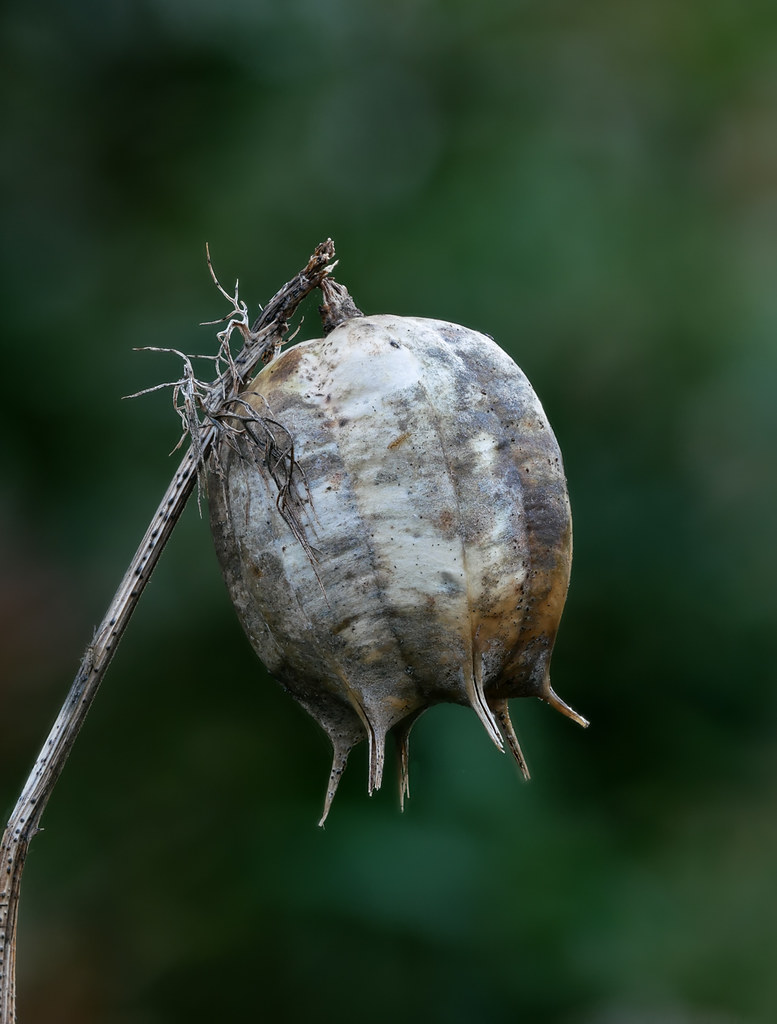
1051 24a FB 22f +3 P1030892 (A,Radius3,Smoothing4) LR6 1300h by gardenersassistant, on Flickr
100% crop. I was delighted to see the two springtails.
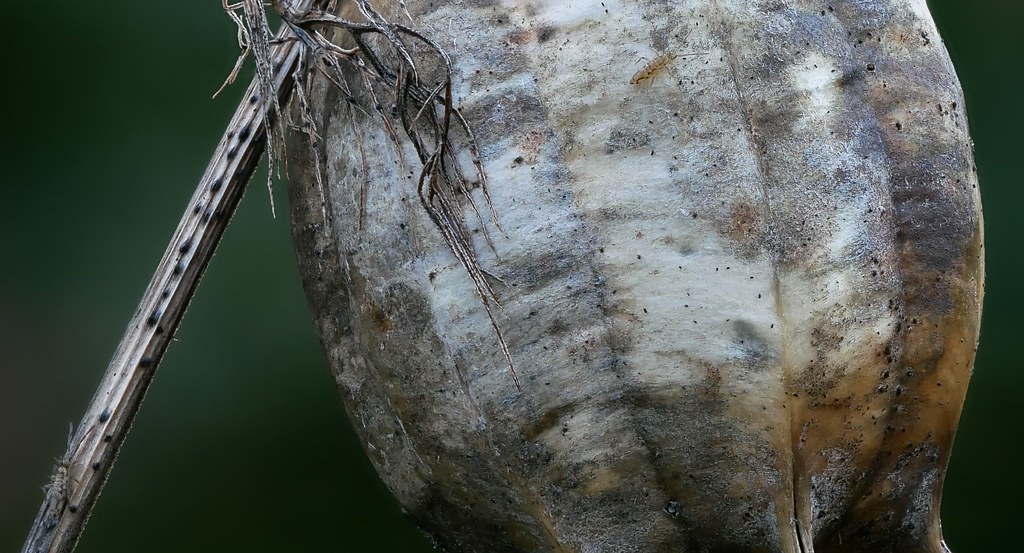
1051 24c FB 22f +3 P1030892 (A,Radius3,Smoothing4) LR6 100pc crop by gardenersassistant, on Flickr
#3 - 40 images, Step +3, ISO 640, f/4, 1/160 sec
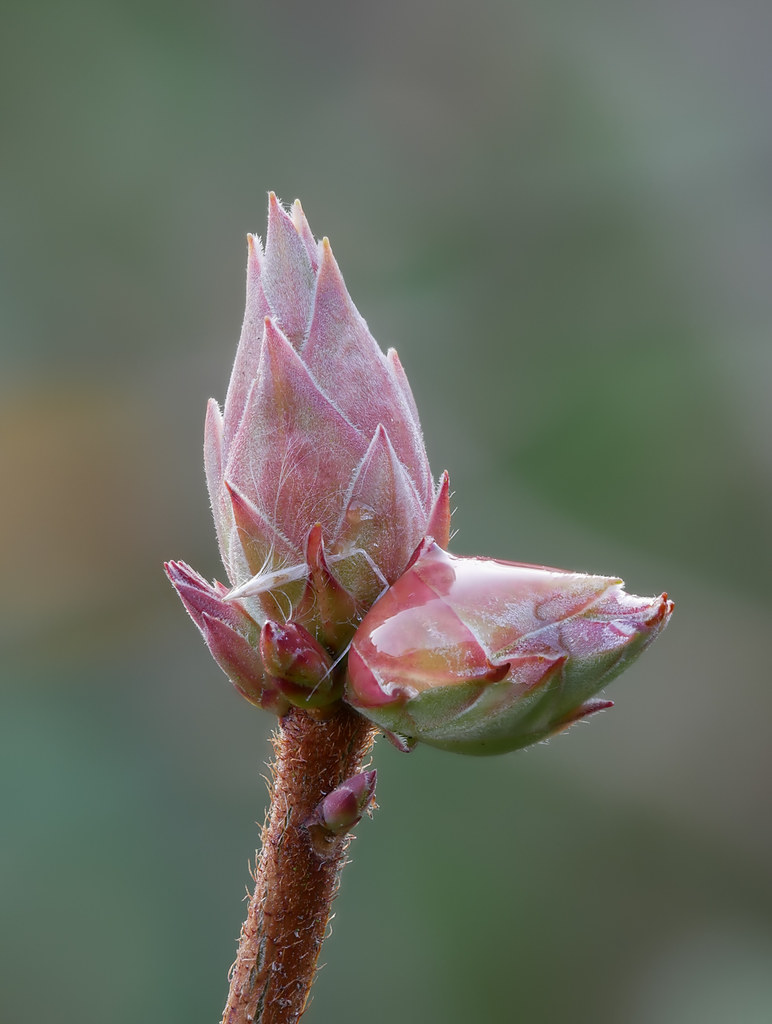
1051 29a FB 40f +3 P1030572 (A,Radius3,Smoothing4) LR6 1300h by gardenersassistant, on Flickr
100% crop
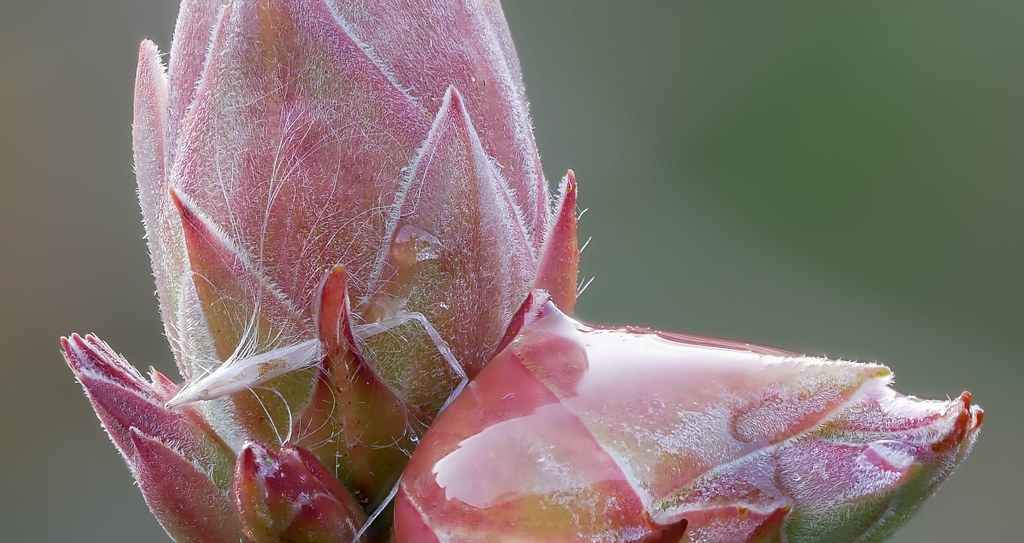
1051 29c FB 40f +3 P1030572 (A,Radius3,Smoothing4) LR6 100pc crop by gardenersassistant, on Flickr
#4 - 40 images, Step +3, ISO 640, f/4, 1/100 sec
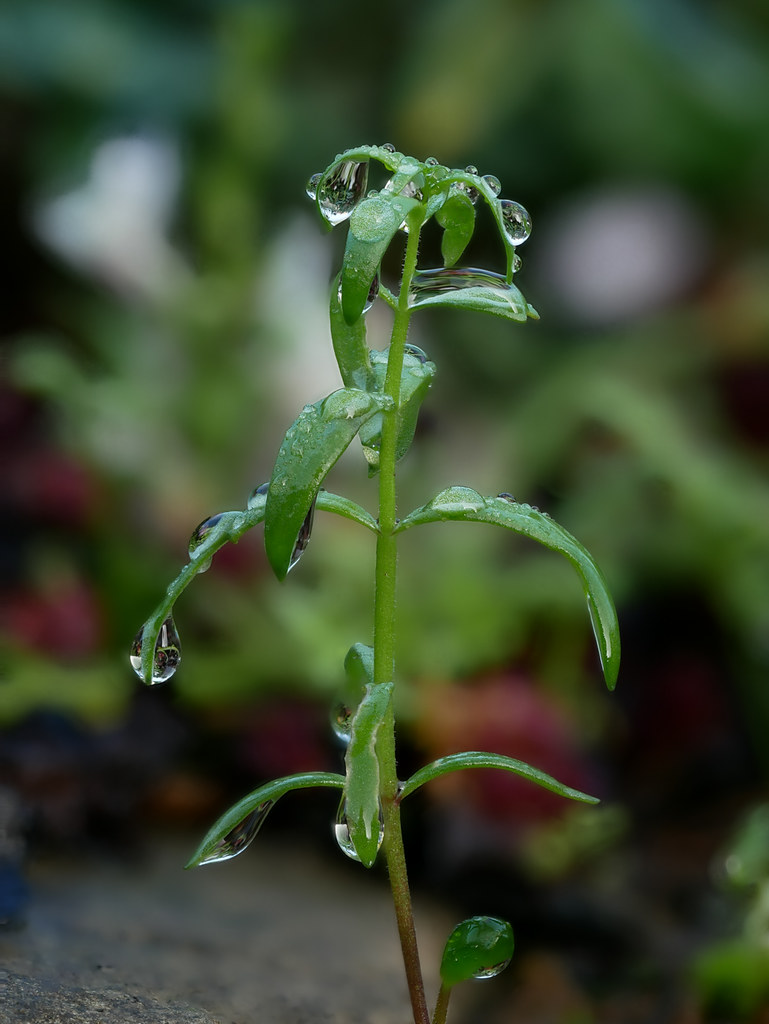
1051 31a FB 40f +3 P1040633 (A,Radius3,Smoothing4) LR6 1300h by gardenersassistant, on Flickr
100% crop. My personal favourite from this round of test shots.
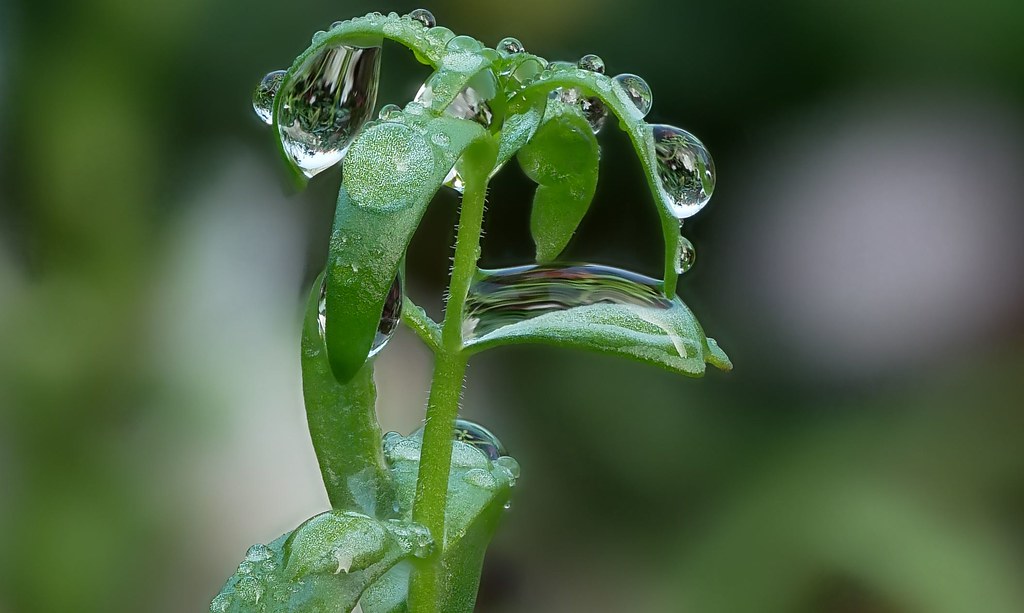
1051 31c FB 40f +3 P1040633 (A,Radius3,Smoothing4) LR6 100pc crop by gardenersassistant, on Flickr
More in the next post ...
The Post Focus technique I described in this thread works by capturing a 4K video as the focus moves around a scene and then extracting 8 megapixel video frames to stack. This is a Panasonic-specific technology. In contrast, focus bracketing is supported by various camera makers and involves capturing a series of normal images as the camera focuses progressively further away. You get to choose how far the focus moves on each step, and how many steps the camera executes.
Here are twelve of my focus bracketing test scenes. For the four in this post I have included 100% crops. Apart from the first of these, where the scene was about 6 inches wide, the long side of the scenes are in the range of 2 to 4 inches.
The bracketed images were captured as JPEGs. You can capture raw, and I normally shoot raw, but although the G80 raw buffer can manage a burst of 50 or so raw shots I wanted, because I was going to work hand-held, to be able to do deeper stacks without running into the full buffer slowdown problem.
I used the LCD rather than the viewfinder. For some of these captures I was kneeling with my elbows supported by my thighs while for others my arms and hands were unsupported. The images were stacked in Helicon Focus, where I also did some retouching to get rid of the worst of the halos. If you look carefully, especially at the full size images, which are in this album at Flickr, I'm sure you will be able to find lots of infelicities. Hopefully as I get better at retouching the number of such issues will decline, although I suspect that it is a rare stacked images that doesn't show any issues at all no matter how closely you examine it.
There are 1300 pixel high versions of these images in the album at Flickr, and unusually for me I have also put full size versions in the album.
#1 - 19 images, Step +3, ISO 640, f/4, 1/500 sec

1051 22a FB 19f +3 P1040559 (A,Radius3,Smoothing4) LR6 1300h by gardenersassistant, on Flickr
100% crop

1051 22c FB 19f +3 P1040559 (A,Radius3,Smoothing4) LR6 100pc crop by gardenersassistant, on Flickr
#2 - 22 images, Step +3, ISO 640, f/4, 1/200 sec

1051 24a FB 22f +3 P1030892 (A,Radius3,Smoothing4) LR6 1300h by gardenersassistant, on Flickr
100% crop. I was delighted to see the two springtails.

1051 24c FB 22f +3 P1030892 (A,Radius3,Smoothing4) LR6 100pc crop by gardenersassistant, on Flickr
#3 - 40 images, Step +3, ISO 640, f/4, 1/160 sec

1051 29a FB 40f +3 P1030572 (A,Radius3,Smoothing4) LR6 1300h by gardenersassistant, on Flickr
100% crop

1051 29c FB 40f +3 P1030572 (A,Radius3,Smoothing4) LR6 100pc crop by gardenersassistant, on Flickr
#4 - 40 images, Step +3, ISO 640, f/4, 1/100 sec

1051 31a FB 40f +3 P1040633 (A,Radius3,Smoothing4) LR6 1300h by gardenersassistant, on Flickr
100% crop. My personal favourite from this round of test shots.

1051 31c FB 40f +3 P1040633 (A,Radius3,Smoothing4) LR6 100pc crop by gardenersassistant, on Flickr
More in the next post ...
Last edited:


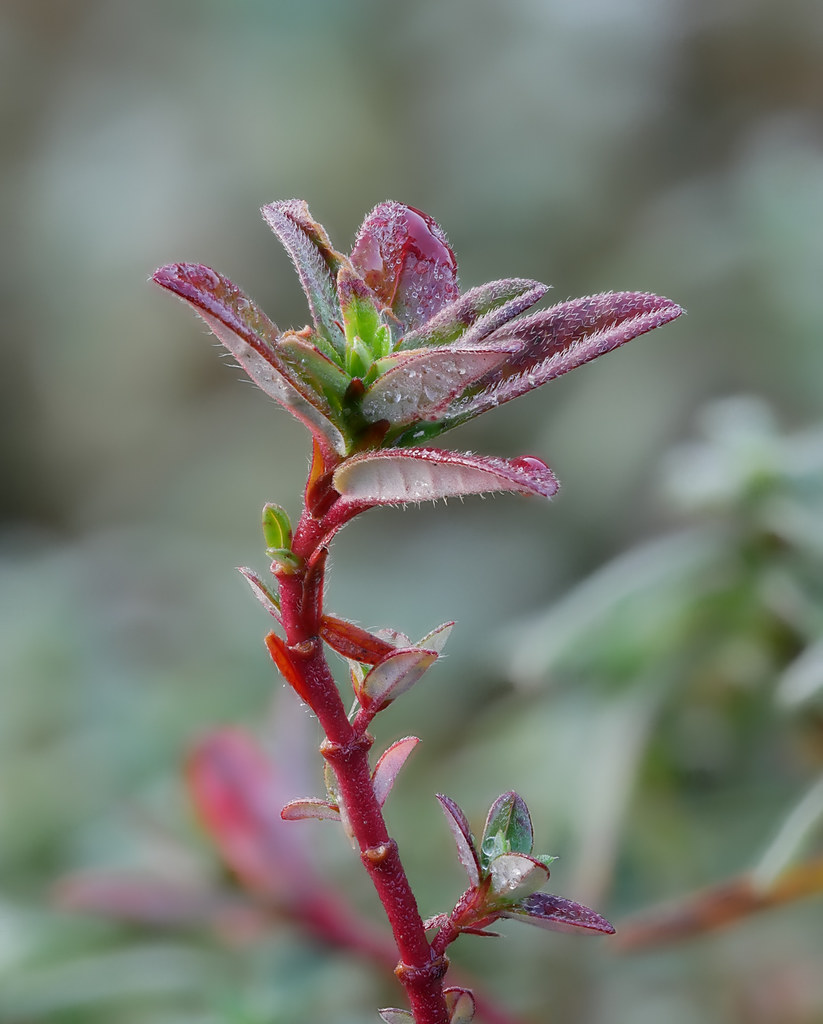
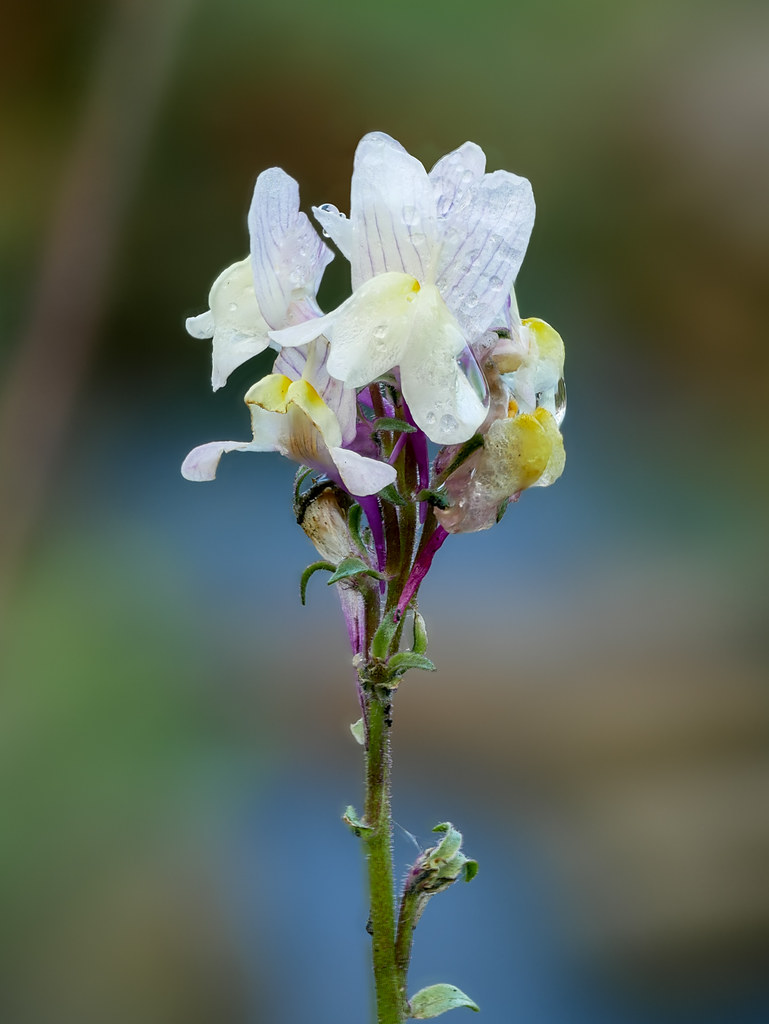
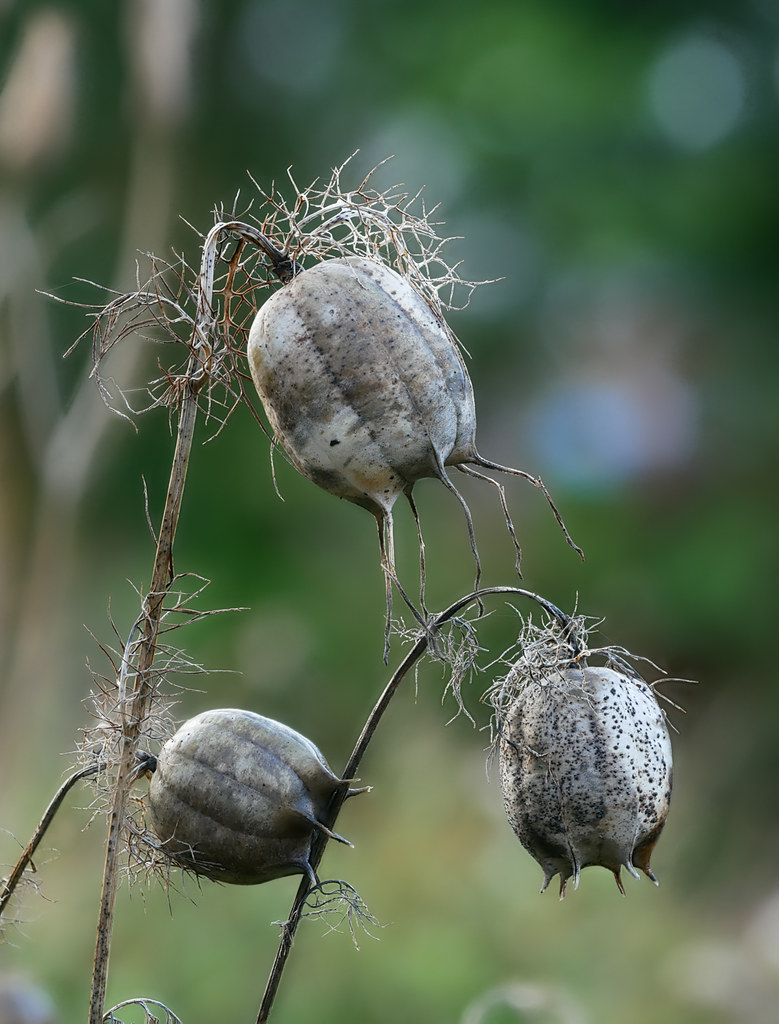
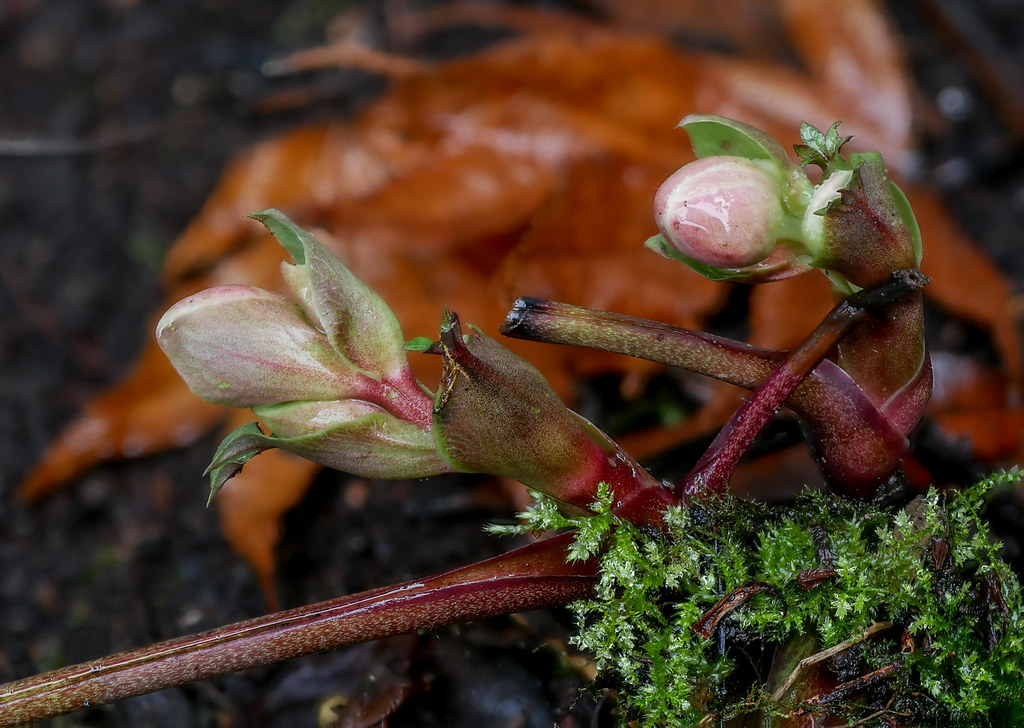
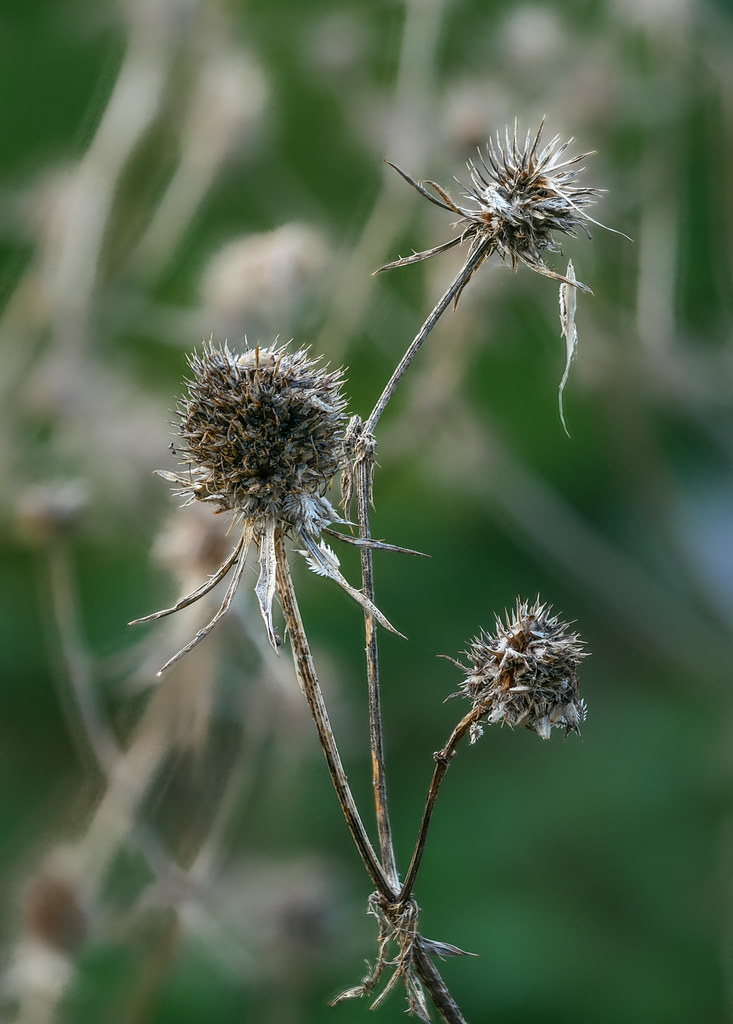
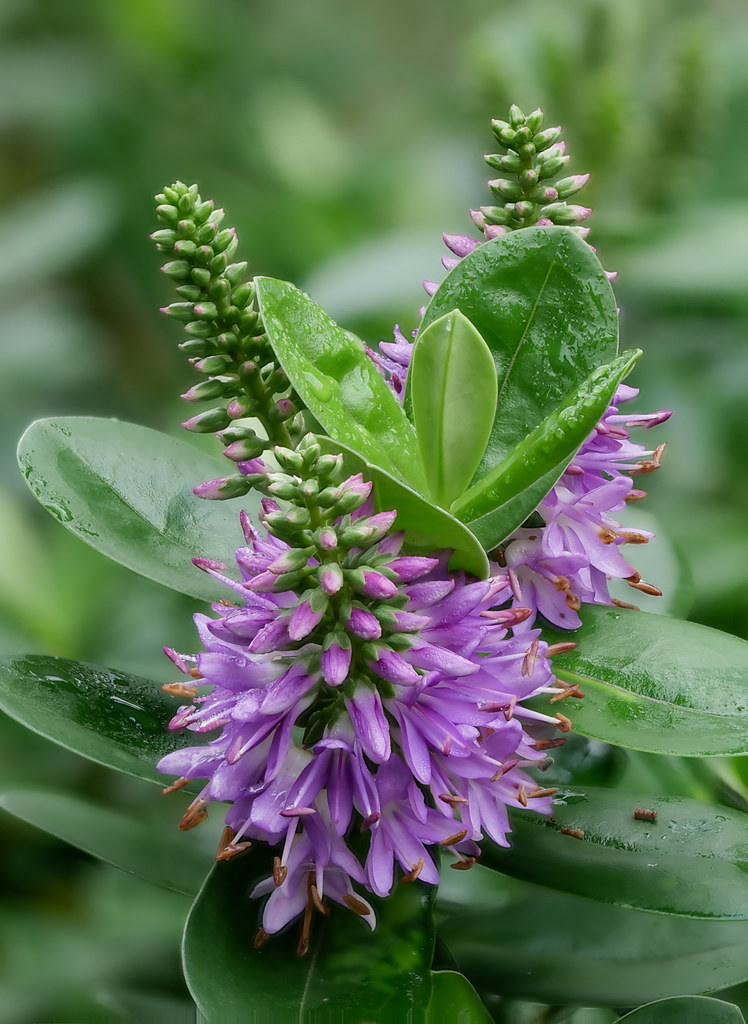
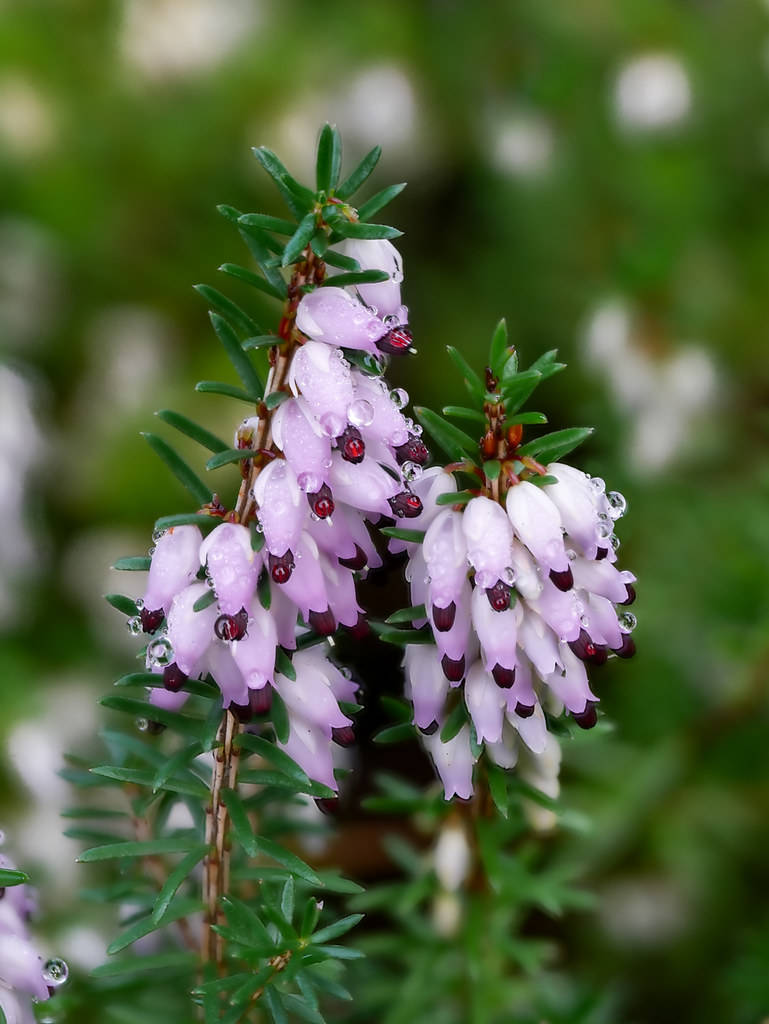
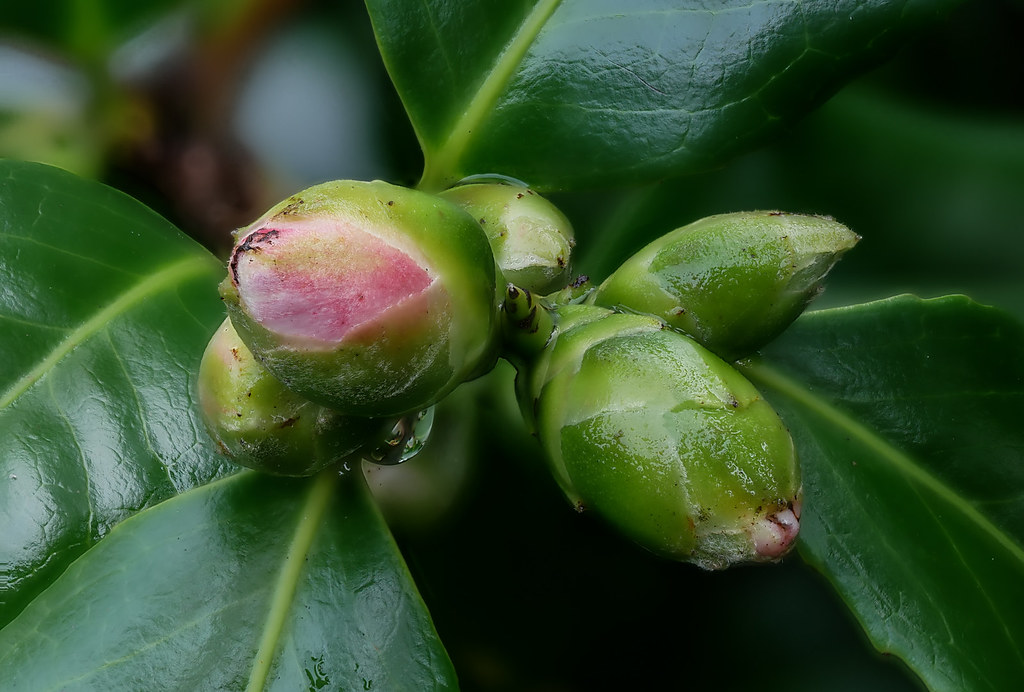
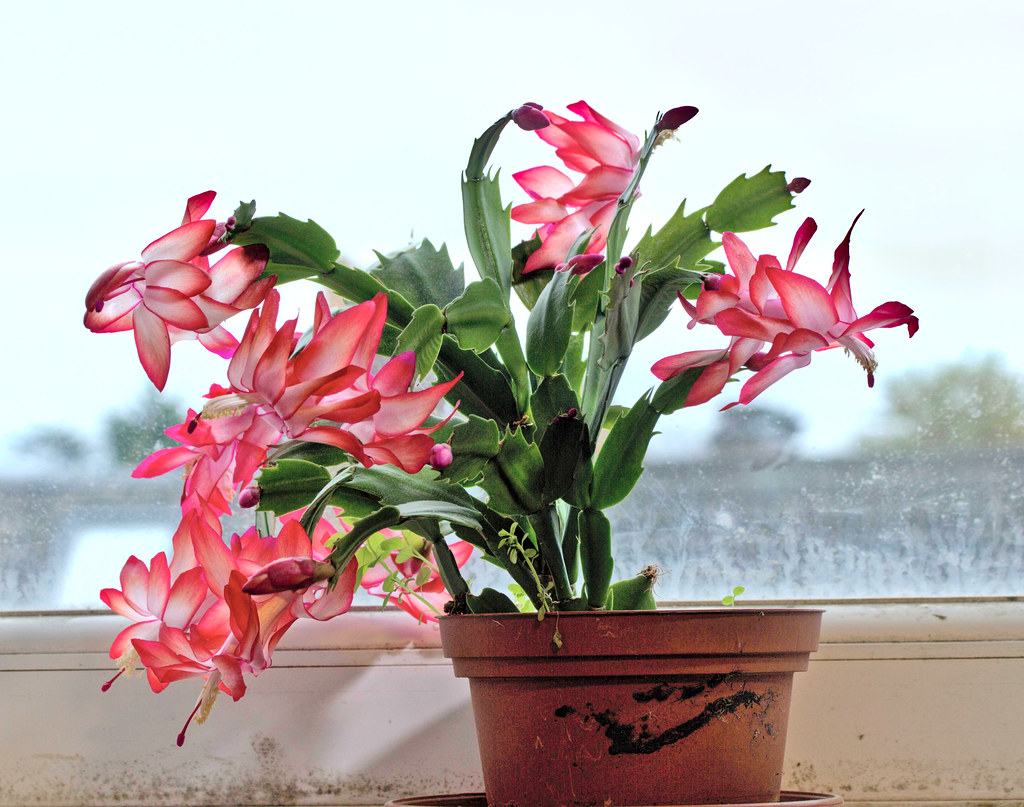 ChristmasCactusstackof4photos
ChristmasCactusstackof4photos